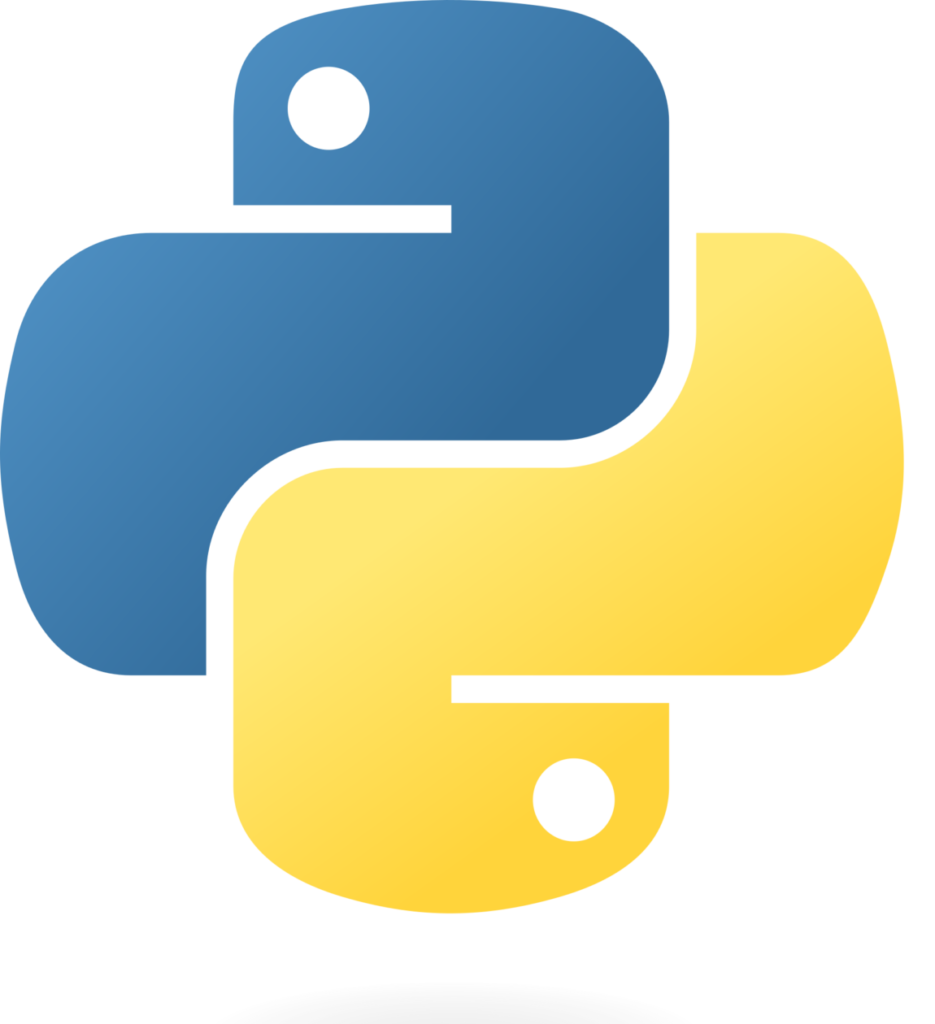Programming is the process of creating computer software, applications, and systems using a programming language.
You already have a basic understanding of computer systems, including how they process information. Computers work using a binary system, which means that they can only understand instructions written in machine code, a series of 1s and 0s. Writing programs in machine code is a complex and time-consuming process, which is why high-level programming languages were developed. These languages allow developers to write code in a more human-readable form, which is then translated into machine code by a special program called a translator.
Through programming, we can create software that can perform a wide range of tasks, from simple calculations to complex systems that power our everyday lives.

You will learn how to write programs using Python. Python is a widely used and popular programming language, known for its simplicity and ease of use. It is an interpreted language, which means that developers can write and execute code quickly without the need for a lengthy compilation process. Python’s syntax is straightforward and easy to read, making it an excellent language for beginners who are just starting to learn programming.
In recent years, the demand for Python developers has been on the rise, and it is now one of the most in-demand programming languages in the job market. According to various job market reports, Python developers are among the highest-paid developers in the industry, with salaries ranging from £65,700 to £109,500 per year, depending on experience and location. Its widespread adoption and growing demand make Python a valuable language to learn for anyone interested in pursuing a career in technology.
Example Programs
In order to learn how to program, you need to learn about the different ‘building blocks’ that need to be used. One of the most important skills in programming is learning which of these building blocks are required and in what order for any program. These building blocks are sometimes referred to as ‘constructs’. You will be introduced to these constructs through example programs. After each program, any new constructs or concepts will be explained.
Parsons Problems
From time to time you will also be asked to complete a ‘Parsons Problem’. This involves constructing a program by clicking and dragging complete lines of code.
